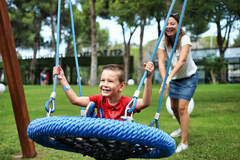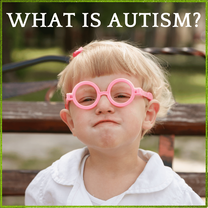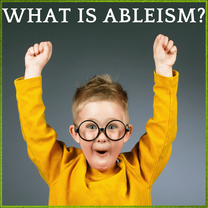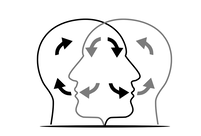What is Applied Behavior Analysis (ABA)

Applied Behavior Analysis (ABA) is a wide range of study within the field of psychology and it has many branches. One of the branches applies specifically to individuals with Autism. In fact, it has been clinically proven to be the most effective therapy for individuals diagnosed with autism and is recognized as such by medical practitioners and even the US Surgeon General. Insurance companies will often approve ABA services and offer major financial assistance to families who qualify.
So, why does it work so well? In a nutshell, ABA principles are used to first understand a person’s motivations, and then to teach them how to re-route their behavior so they can be more successful in achieving their goals. There is an extremely high value placed on understanding what reinforces a person’s behavior and ensuring the person is reinforced to a high degree for learning new skills, no matter how small the achievement.
There are many strategies specific to the field of ABA that are useful for decreasing maladaptive behavior, and replacing them with alternative behaviors that are less harmful to the person and those around them.
An excellent ABA program will not deny a person their rights, ignore them, scold them, treat them as though they are insignificant, or take away things they enjoy. Instead, the focus of an ABA program is to ensure the person, regardless of age, can self-advocate, feels empowered and capable, is able to get their wants and needs met in safe and effective ways, and is able to cope when life is hard.
ABA is a data-driven science. This is important because data is constantly collected to evaluate progress and the effectiveness of the teaching methods being used. That is, if a learner masters a skill, the team will immediately work with the family to generalize that skill into the natural environment while simultaneously introducing new skills. Being data-driven also means that if ABA practitioners try to teach a skill and it is ineffective for a person, they will stop what they are doing and try to find a more effective way to teach. This is the beauty of a truly individualized program. When done correctly with knowledgable, caring, and experienced staff, an ABA program can make a huge difference in a person’s life.
There are many ways an ABA program can be structured. For more information, see ABA Program Types.
There are many reasons ABA is so effective for individuals with autism.
- ABA programs break down learning into smaller chunks, focusing on very specific objectives. Some learners need skills broken down a little, and some need skills broken down a lot. It’s no problem, because the Board Certified Behavior Analyst (BCBA) assigned to each learner is responsible for ensuring they go at their own speed. As soon as one skill is mastered, another is introduced almost immediately.
- Every person is unique. Of course this is true for everyone, but it is particularly true for people diagnosed with autism. Their particular strengths and weaknesses, their preferences and their aversions may be more extreme. Because ABA generally occurs in a 1:1 setting, these individual differences can be easily catered to in unique ways. ABA therapists can focus their attention on the person’s specific areas of need while using the areas of strength and specific interests of the individual to motivate them and help them understand what they are learning more effectively.
- ABA is a wonderful mishmash of education and therapy. ABA therapists will teach skills in fun and unique ways, with a great deal of care for what motivates your learner. A great deal of care is taken to understand your learner.
- If your learner engages in maladaptive behavior (such as screaming, hitting, self-injury, or property destruction), this is addressed in very specific ways unique to your learner. Behavior support plans are designed only after the function (the reason) for the behavior is understood. A plan is implemented only after you have agreed to the plan, and will focus primarily on teaching alternative behaviors (what can the learner do instead of the problem behavior, and what can we do to teach coping strategies when they can’t get what they want?) and calmly redirecting the behavior when it is exhibited.
Copyright © 2015 | 7500 Arroyo Circle, Suite 180, Gilroy, CA 95020 | 408-418-7121 |









